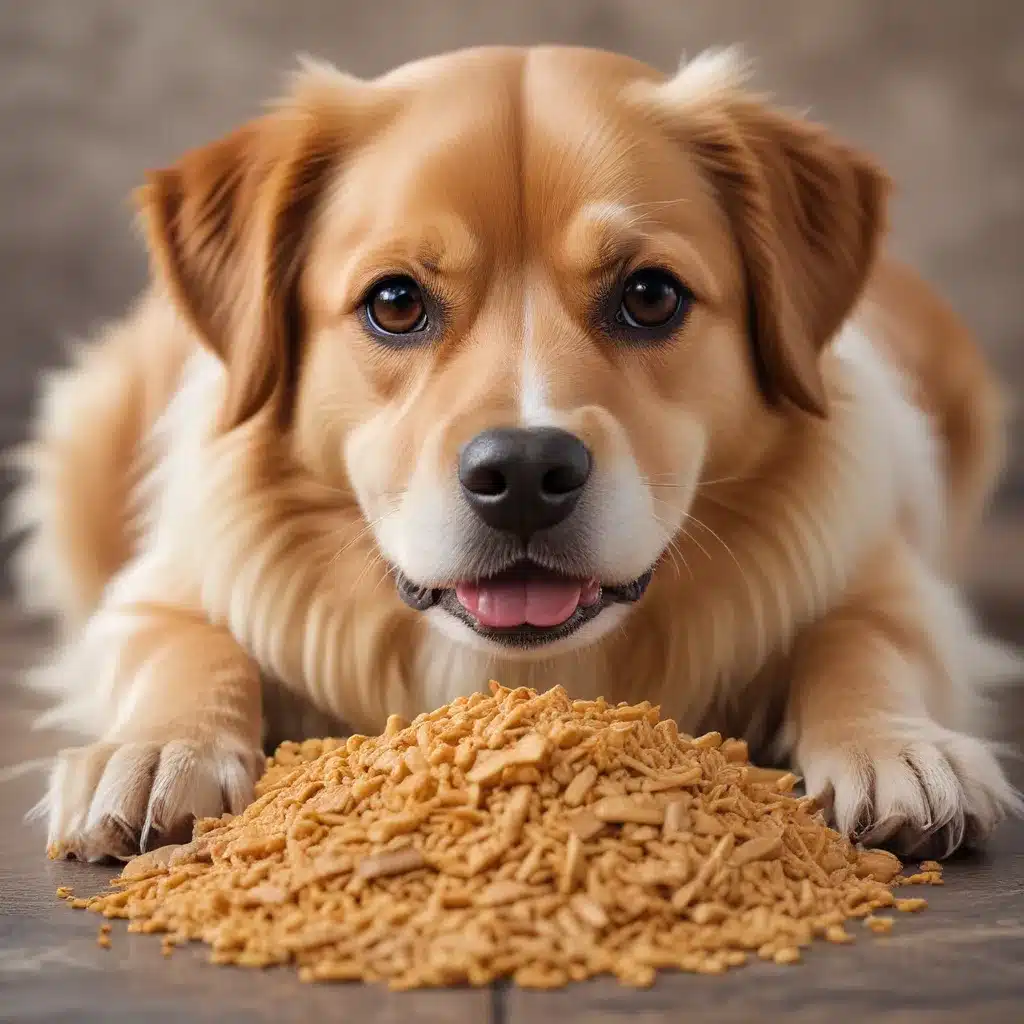
Uncovering the Scoop on Canine Fiber Needs
You know what they say – you are what you eat. Well, the same goes for our furry four-legged friends. When it comes to dog nutrition, fiber is one of those unsung heroes that can make a world of difference in your pup’s health and happiness. But how do you know if your dog is getting enough of this crucial nutrient? Fear not, my fellow dog-loving friends, I’m here to give you the inside scoop.
Understanding Fiber’s Role in a Dog’s Diet
Let’s start with the basics – what exactly is fiber and why does your dog need it? Fiber is a type of carbohydrate that our canine companions can’t fully digest. However, that doesn’t make it any less important. In fact, fiber plays a crucial role in maintaining a healthy digestive system, promoting regular bowel movements, and even supporting heart health.
Think of fiber as the traffic cop of your dog’s digestive highway. It helps regulate the flow of nutrients, preventing pesky problems like constipation, diarrhea, and even weight gain. And the benefits don’t stop there. Fiber can also help manage conditions like diabetes, inflammatory bowel disease, and even certain types of cancer.
Identifying the Signs of Fiber Deficiency
So, how do you know if your pup is getting enough fiber? Well, the tell-tale signs are often hiding in plain sight. One of the most common indicators is a change in your dog’s stool consistency – if it’s hard, dry, and difficult to pass, that’s a red flag that they may need more fiber in their diet.
Another sign to watch out for is excessive gas or bloating. Fiber helps regulate the balance of gut bacteria, and when that gets out of whack, it can lead to some, ahem, unpleasant side effects. And let’s not forget about the dreaded anal gland issues. Fiber plays a crucial role in expressing those glands, so if your dog is scooting or licking their rear end more than usual, it could be a fiber deficiency.
But the symptoms don’t stop there. Some dogs with inadequate fiber intake may also experience weight gain, increased appetite, or even skin and coat problems. It’s truly a case of “you are what you eat” when it comes to our canine companions.
Boosting Fiber Intake the Right Way
Okay, so you’ve identified the signs – now what? Well, the good news is that there are plenty of ways to get your dog the fiber they need. The first step is to take a look at their current diet. Many commercial dog foods already contain a decent amount of fiber, but you may need to supplement with some additional high-fiber foods.
According to Dogs Naturally Magazine, some excellent fiber-rich options include pumpkin, sweet potatoes, green beans, and even plain, unsweetened canned pumpkin. You can also try adding a sprinkling of ground flaxseed or chia seeds to their meals.
And don’t forget about the importance of hydration. Fiber works best when it has plenty of water to help it move through the digestive system, so make sure your pup is staying hydrated throughout the day.
The Fiber Balancing Act
Of course, as with anything, there can be too much of a good thing when it comes to fiber. Just like us, dogs can experience digestive issues if they consume too much fiber too quickly. The key is to introduce any fiber-rich foods or supplements gradually, allowing your dog’s system to adjust.
And speaking of supplements, it’s always a good idea to consult your veterinarian before adding anything new to your dog’s diet. They can help you determine the appropriate amount and type of fiber based on your pup’s individual needs.
Remember, every dog is different, and what works for one pup may not work for another. But with a little trial and error, and a whole lot of love, you’ll be able to find the perfect fiber formula to keep your furry friend happy, healthy, and regular.
So, there you have it – the scoop on canine fiber needs. Now, if you’ll excuse me, I think it’s time for a walk with my own four-legged fiber-fueled friend. Happy tailing, fellow dog owners!
Visit our website to learn more about keeping your pup in tip-top shape.

